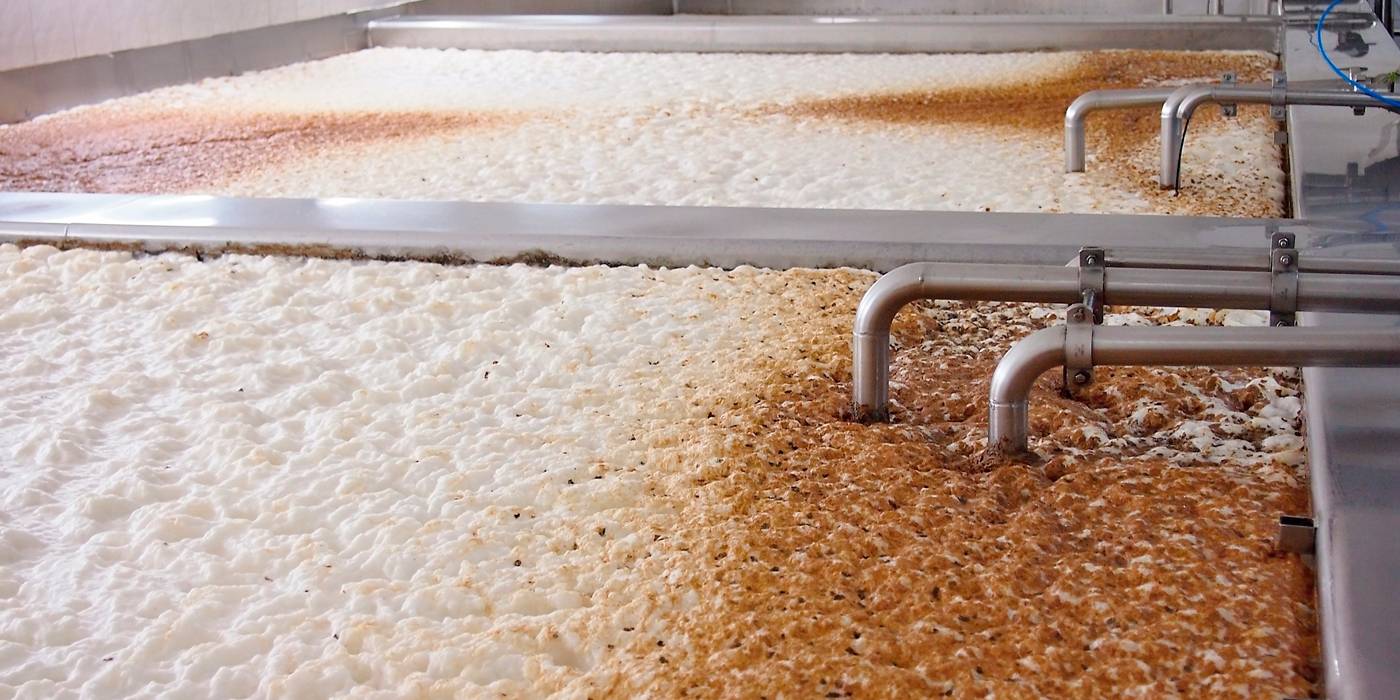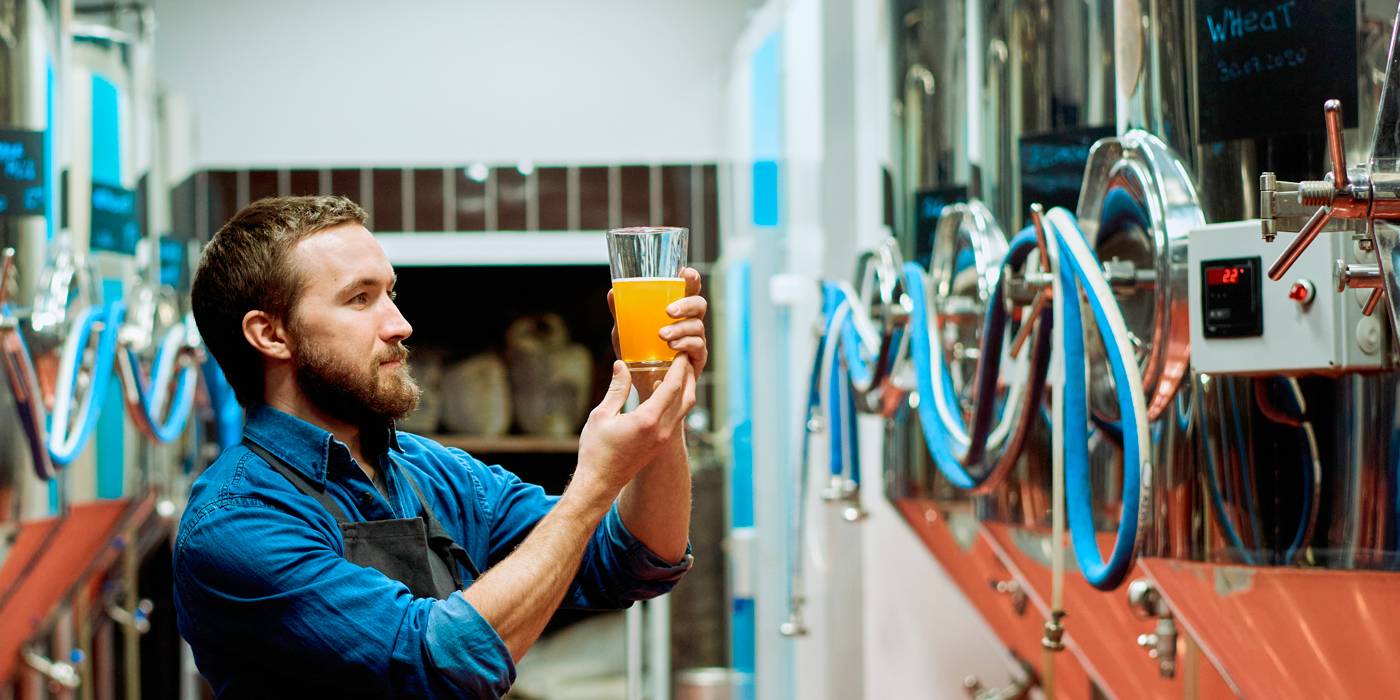How is beer fermented?
In this article we explain how beer can be fermented, in addition to giving you the characteristics of the beer according to its fermentation.

Julio Cerezo - Beer Sommelier
Director of Sabeer Beer Academy
Fermentation is undoubtedly the process that gives beer part of its differentiating characteristics, such as alcohol content, carbonation and a foamy head, and it is also responsible for some of its flavours and aromas. It is a natural process that originally occurred spontaneously, although we have learned a lot more about it over the centuries, and we are now able to control it and to a certain extent guide it to produce the required flavours in our beer.
The fermentation process of beer basically consists of the metabolising of the sugars contained in the cereal, usually barley, although other cereals can be used, by the yeast known as saccharomyces. As a result of this “sweet” digestion, the yeast mainly produces alcohol and carbonic gas as by-products of the process, and sometimes aromatic molecules that are reminiscent of fruit and spices.

Although man has been making beer for thousands of years, most of the time it was done without knowing exactly what was responsible for the “magical" bubbling process that we now know as fermentation, through which the cereal must is transformed into a much more appetising, flavoursome beverage.
Because of the microscopic size of this small fungus, it remained anonymous and hidden from our knowledge until the 19th century when, thanks to the invention of the microscope and research by Pasteur, we started to understand how it worked and also about the different naturally existing strains of yeast. Yeast is classified into 3 main families in the brewing world, which in turn include a large number of those different strains:
Lager or low fermentation yeasts
Known as such because they can be grouped together in the lower fermenting range and because they are active at colder temperatures (5ºC - 12ºC).
Ale or high fermentation yeasts
Which are just the opposite, since they are in the higher fermenting range and are active at higher temperatures (13ºC - 25ºC).
Spontaneous fermentation yeasts
mainly from the Brettanomyces family, which unlike the other two groups they are not deliberately inoculated in the must after having identified and isolated them, but rather they are found in the atmosphere from where they fall into open fermentation tanks.

Although they all work in the same way, the sensory traits that they confer to their respective beers are different. Lager yeasts usually confer very little flavour during fermentation, whereas Ale yeast confers fruity and spicy flavours to produce much more complex beer.
Finally, spontaneous fermentation yeasts usually lead to drier beer, since unlike the other two groups, they are able to ferment all sugar types, leaving the must without any sugar remains. Spontaneously fermented beers are also recognisable because of the earthy tastes (leather, damp soil, hay, etc.) and noticeable acidity.
Cheers!
What do you think about?
Share comments, opinions and tricks with the Community







